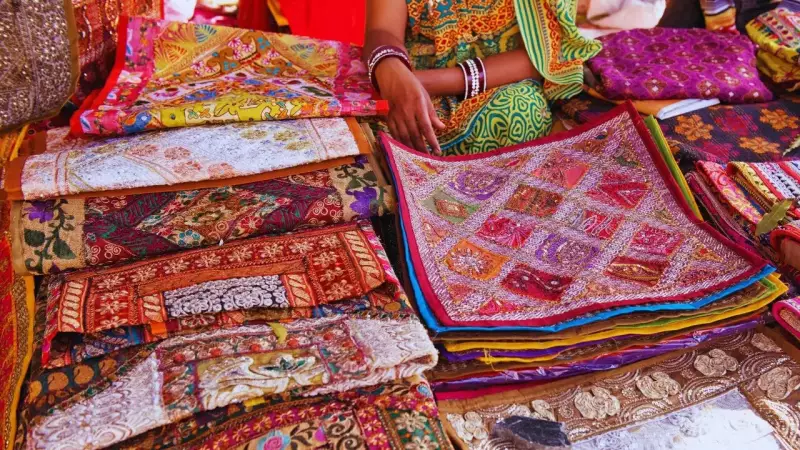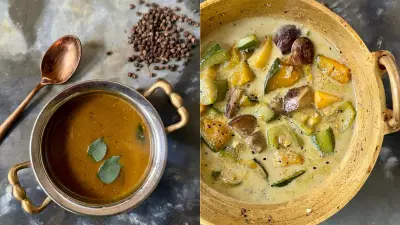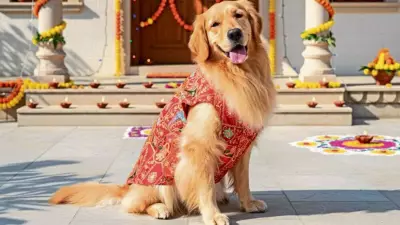
Traveling through India is an immersive journey into a world bursting with color, rich culture, and extraordinary craftsmanship. For those seeking meaningful mementos, the nation's handcrafted textiles offer more than just beauty; they are tangible pieces of living history. These fabrics tell profound stories of the weavers, their deep-rooted traditions, and the unique regions where artistic expression is woven into the very fabric of daily life. They are practical, easy to pack, timelessly stylish, and serve as wearable legacies of India's diverse cultural landscape.
Hidden Gems of Indian Handloom
Beyond the commonly found textiles, India is home to several rare and unique weaves that are seldom seen outside their local communities. These pieces represent the pinnacle of artisanal skill and cultural identity, making them exceptional souvenirs for the discerning traveler.
Moirang Phee from Manipur is a hand-loom treasure from India's Northeast. It remains one of the region's most under-appreciated crafts, rarely seen beyond specialist circles. Owning a piece of Moirang Phee means possessing something truly unique, a textile with deep cultural roots that goes far beyond a simple 'handloom' label.
Kasuti Embroidery from Karnataka showcases a subtle yet intricate style of hand-embroidery from North Karnataka. Artisans create geometric patterns using single threads without knots, resulting in a fabric where both the front and reverse sides look identical. This minimal and architectural elegance appeals to those who appreciate quiet, refined craftsmanship. A key tip for buyers is to inspect both sides of the fabric; matching patterns are the hallmark of authentic Kasuti.
Textiles as Wearable History
Some Indian fabrics are not merely cloth; they are repositories of community history, identity, and valor.
Naga Shawls from Nagaland, such as those from the Ao Naga and Chakhesang Naga tribes, are prime examples. The Tsüngkotepsü shawl, for instance, was traditionally worn exclusively by Ao Naga warriors who had taken an enemy head or performed the sacrificial ritual of the mithun. While these shawls can sometimes be found in handloom shops, they are more often gifted by locals. They carry immense meaning, signifying tribe identity, social status, and personal achievements. Importantly, Naga Textiles hold a Geographical Indication (GI) tag, protecting their authenticity.
Tangaliya Shawl from Gujarat originates from the Surendranagar district. This distinctive woollen handloom is characterized by small raised 'dots' or knots on its surface, creating a unique texture rather than a flat print. Woven by the Dangasia community, each shawl carries significant cultural weight.
Earthy Dyes and Clever Weaves
The beauty of Indian textiles also lies in their sustainable production methods and ingenious techniques.
Kotpad Handloom from Odisha is crafted by the weavers of the Mirgan community in the tribal village of Kotpad, Koraput district. This fabric is dyed with organic pigment from the aul tree, resulting in earthy and subtle color palettes. Ideal as scarves or stoles, this fabric also boasts the prestigious GI status.
Narayanpet Handloom from Telangana, though less talked about, features a fascinating technique. Weavers use two different-coloured weft yarns to create a reversible fabric that looks distinct on each side. This clever design makes it an incredibly versatile purchase for scarves, wraps, or decorative pieces.
Apatani Weave from Arunachal Pradesh comes from the Ziro Valley. The Apatani tribe creates these textiles using organic wool or cotton and natural dyes like indigo and soot. The patterns feature symmetrical stripes, zig-zags, and diamond motifs. This weave is extremely niche and often overlooked by travelers captivated by the region's stunning landscapes, making it a truly special find.





